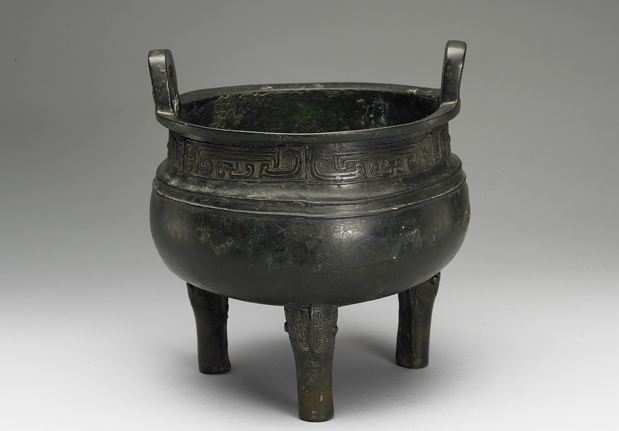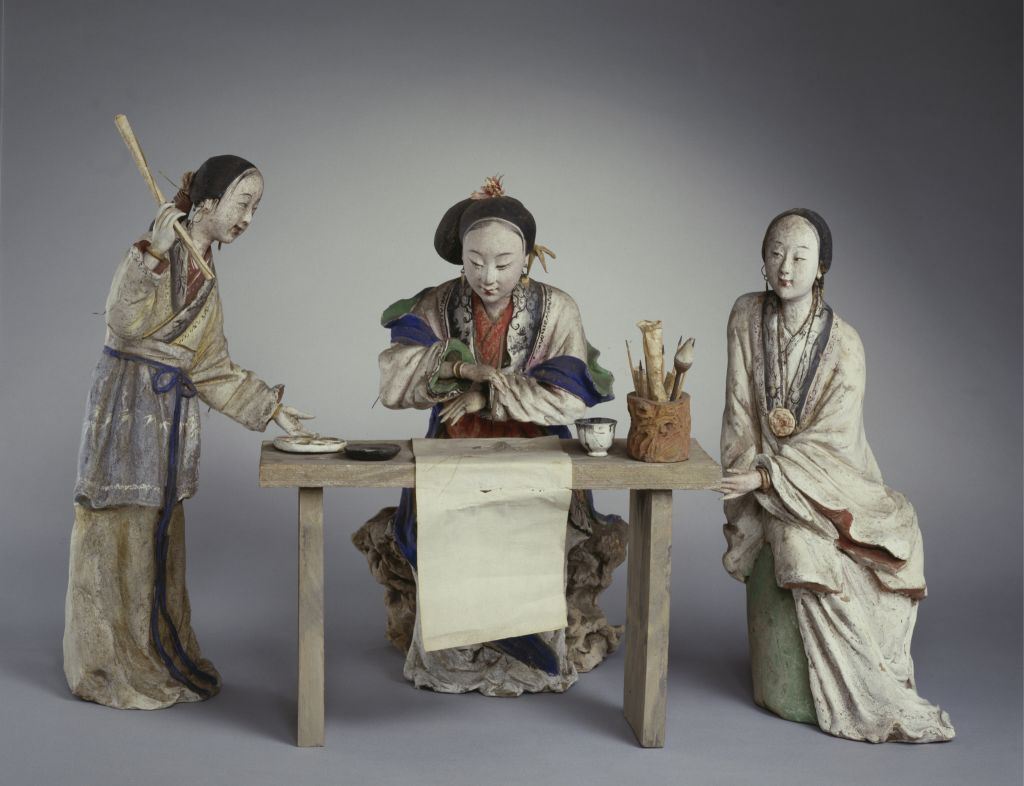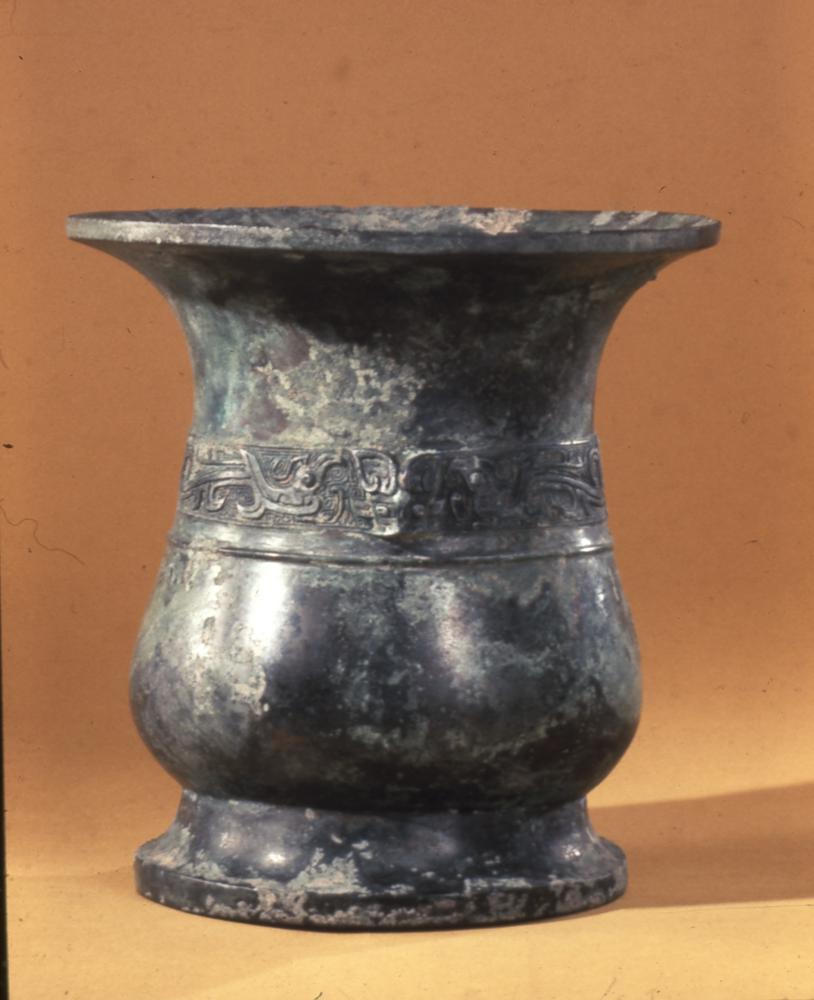[Song Tuo Three Kingdoms Paradigm Stele]
Paradigm Stele, which is also known as the Lujiang Supreme Guard Paradigm Stele, and Fan Juqing Stele. In the first month of the third year of the Three Kingdoms, Wei Qinglong (235 years). Song Hongshi recorded the full text of the tablet in Lishi, which has 19 lines and 33 lines. There are four columns of inscriptions on the tablet, 10 rows in one or two columns, 11 rows in three columns, and 6 rows in four columns. There are 10 characters in the seal script, “So the tablet of Fan Fujun, the governor of the Lujiang River”
The tablet was originally in Rencheng, Shandong Province, and later moved to Jining State School. After the Song Dynasty, the tablet was broken and buried. In the forty-first year of Qianlong’s reign in the Qing Dynasty (1776), the Cui family in Jiaozhou first got the remnant at the mouth of Xilongmen Square in Jining Prefecture, and Li Dongqi and Huang Yi carved it under the forehead. In the 52nd year of Qianlong’s reign (1787), Li Dongqi regained the remains of the original monument and placed them under the halberd door of the State School Palace. The stone is now stored in the Han stele group of Jining Iron Pagoda Temple
Paradigm Stele is one of the famous steles of the Three Kingdoms Wei Dynasty. The calligraphy of this tablet retains many features of the official script of the Eastern Han Dynasty. Li Dongqi said: “The rubble is very ancient, and it is amazing that it is a Han thing. After wiping it, there are several names in official script. It is the” Paradigm Stele “that is urgently dug and washed.”
This is the Song Dynasty rubbings before the stones in Huang Yi’s collection were buried. The inscription on the tablet is more than 180 words more than the rubbings after the excavation. The paper and ink are old, and the characters are abundant. Each page is 34 cm long and 17 cm horizontal, with Lu Wenshao, Weng Fanggang and other postscripts on the back, and 34 Tibetan seals such as “Weng Fanggang” and “Qu Zhongrong”
Zhao Mingcheng of the Song Dynasty, Weng Fanggang of the Qing Dynasty, Jin Shi Ji of the Han Dynasty, Wang Chang, Jin Shi Cui Bian, and other books.
![图片[1]-Song Tuo Three Kingdoms Paradigm Stele-China Archive](https://chinaarchive.net/Song dynasty/Inscription/9652.jpg)
![范式碑帖页之一 图片[2]-Song Tuo Three Kingdoms Paradigm Stele-China Archive](https://chinaarchive.net/Song dynasty/Inscription/9624[1024].jpg) 范式碑帖页之一
范式碑帖页之一![范式碑帖页之二 图片[3]-Song Tuo Three Kingdoms Paradigm Stele-China Archive](https://chinaarchive.net/Song dynasty/Inscription/9625[1024].jpg) 范式碑帖页之二
范式碑帖页之二![范式碑帖页之三 图片[4]-Song Tuo Three Kingdoms Paradigm Stele-China Archive](https://chinaarchive.net/Song dynasty/Inscription/9626.jpg) 范式碑帖页之三
范式碑帖页之三![范式碑帖页之四 图片[5]-Song Tuo Three Kingdoms Paradigm Stele-China Archive](https://chinaarchive.net/Song dynasty/Inscription/9627[1024].jpg) 范式碑帖页之四
范式碑帖页之四![范式碑帖页之五 图片[6]-Song Tuo Three Kingdoms Paradigm Stele-China Archive](https://chinaarchive.net/Song dynasty/Inscription/9628[1024].jpg) 范式碑帖页之五
范式碑帖页之五![范式碑帖页之六 图片[7]-Song Tuo Three Kingdoms Paradigm Stele-China Archive](https://chinaarchive.net/Song dynasty/Inscription/9629[1024].jpg) 范式碑帖页之六
范式碑帖页之六![范式碑帖页之七 图片[8]-Song Tuo Three Kingdoms Paradigm Stele-China Archive](https://chinaarchive.net/Song dynasty/Inscription/9630.jpg) 范式碑帖页之七
范式碑帖页之七![范式碑帖页之八 图片[9]-Song Tuo Three Kingdoms Paradigm Stele-China Archive](https://chinaarchive.net/Song dynasty/Inscription/9631.jpg) 范式碑帖页之八
范式碑帖页之八![范式碑帖页之九 图片[10]-Song Tuo Three Kingdoms Paradigm Stele-China Archive](https://chinaarchive.net/Song dynasty/Inscription/9632.jpg) 范式碑帖页之九
范式碑帖页之九![范式碑帖页之十 图片[11]-Song Tuo Three Kingdoms Paradigm Stele-China Archive](https://chinaarchive.net/Song dynasty/Inscription/9633.jpg) 范式碑帖页之十
范式碑帖页之十![范式碑帖页之十一 图片[12]-Song Tuo Three Kingdoms Paradigm Stele-China Archive](https://chinaarchive.net/Song dynasty/Inscription/9634[1024].jpg) 范式碑帖页之十一
范式碑帖页之十一![范式碑帖页之十二 图片[13]-Song Tuo Three Kingdoms Paradigm Stele-China Archive](https://chinaarchive.net/Song dynasty/Inscription/9635[1024].jpg) 范式碑帖页之十二
范式碑帖页之十二![范式碑帖页之十三 图片[14]-Song Tuo Three Kingdoms Paradigm Stele-China Archive](https://chinaarchive.net/Song dynasty/Inscription/9636.jpg) 范式碑帖页之十三
范式碑帖页之十三![范式碑帖页之十四 图片[15]-Song Tuo Three Kingdoms Paradigm Stele-China Archive](https://chinaarchive.net/Song dynasty/Inscription/9637.jpg) 范式碑帖页之十四
范式碑帖页之十四![范式碑帖页之十五 图片[16]-Song Tuo Three Kingdoms Paradigm Stele-China Archive](https://chinaarchive.net/Song dynasty/Inscription/9638[1024].jpg) 范式碑帖页之十五
范式碑帖页之十五![范式碑帖页之十六 图片[17]-Song Tuo Three Kingdoms Paradigm Stele-China Archive](https://chinaarchive.net/Song dynasty/Inscription/9639.jpg) 范式碑帖页之十六
范式碑帖页之十六![范式碑帖页之十七 图片[18]-Song Tuo Three Kingdoms Paradigm Stele-China Archive](https://chinaarchive.net/Song dynasty/Inscription/9640[1024].jpg) 范式碑帖页之十七
范式碑帖页之十七![范式碑帖页之十八 图片[19]-Song Tuo Three Kingdoms Paradigm Stele-China Archive](https://chinaarchive.net/Song dynasty/Inscription/9641[1024].jpg) 范式碑帖页之十八
范式碑帖页之十八![范式碑帖页之十九 图片[20]-Song Tuo Three Kingdoms Paradigm Stele-China Archive](https://chinaarchive.net/Song dynasty/Inscription/9642[1024].jpg) 范式碑帖页之十九
范式碑帖页之十九![范式碑帖页之二十 图片[21]-Song Tuo Three Kingdoms Paradigm Stele-China Archive](https://chinaarchive.net/Song dynasty/Inscription/9643[1024].jpg) 范式碑帖页之二十
范式碑帖页之二十![范式碑帖页之二十一 图片[22]-Song Tuo Three Kingdoms Paradigm Stele-China Archive](https://chinaarchive.net/Song dynasty/Inscription/s6177a13692116.jpg) 范式碑帖页之二十一
范式碑帖页之二十一![范式碑帖页之二十二 图片[23]-Song Tuo Three Kingdoms Paradigm Stele-China Archive](https://chinaarchive.net/Song dynasty/Inscription/9646.jpg) 范式碑帖页之二十二
范式碑帖页之二十二![范式碑帖页之二十三 图片[24]-Song Tuo Three Kingdoms Paradigm Stele-China Archive](https://chinaarchive.net/Song dynasty/Inscription/9647[1024].jpg) 范式碑帖页之二十三
范式碑帖页之二十三![范式碑帖页之二十四 图片[25]-Song Tuo Three Kingdoms Paradigm Stele-China Archive](https://chinaarchive.net/Song dynasty/Inscription/9648.jpg) 范式碑帖页之二十四
范式碑帖页之二十四![范式碑帖页之二十五 图片[26]-Song Tuo Three Kingdoms Paradigm Stele-China Archive](https://chinaarchive.net/Song dynasty/Inscription/9649.jpg) 范式碑帖页之二十五
范式碑帖页之二十五![范式碑帖页之二十六 图片[27]-Song Tuo Three Kingdoms Paradigm Stele-China Archive](https://chinaarchive.net/Song dynasty/Inscription/9651.jpg) 范式碑帖页之二十六
范式碑帖页之二十六





